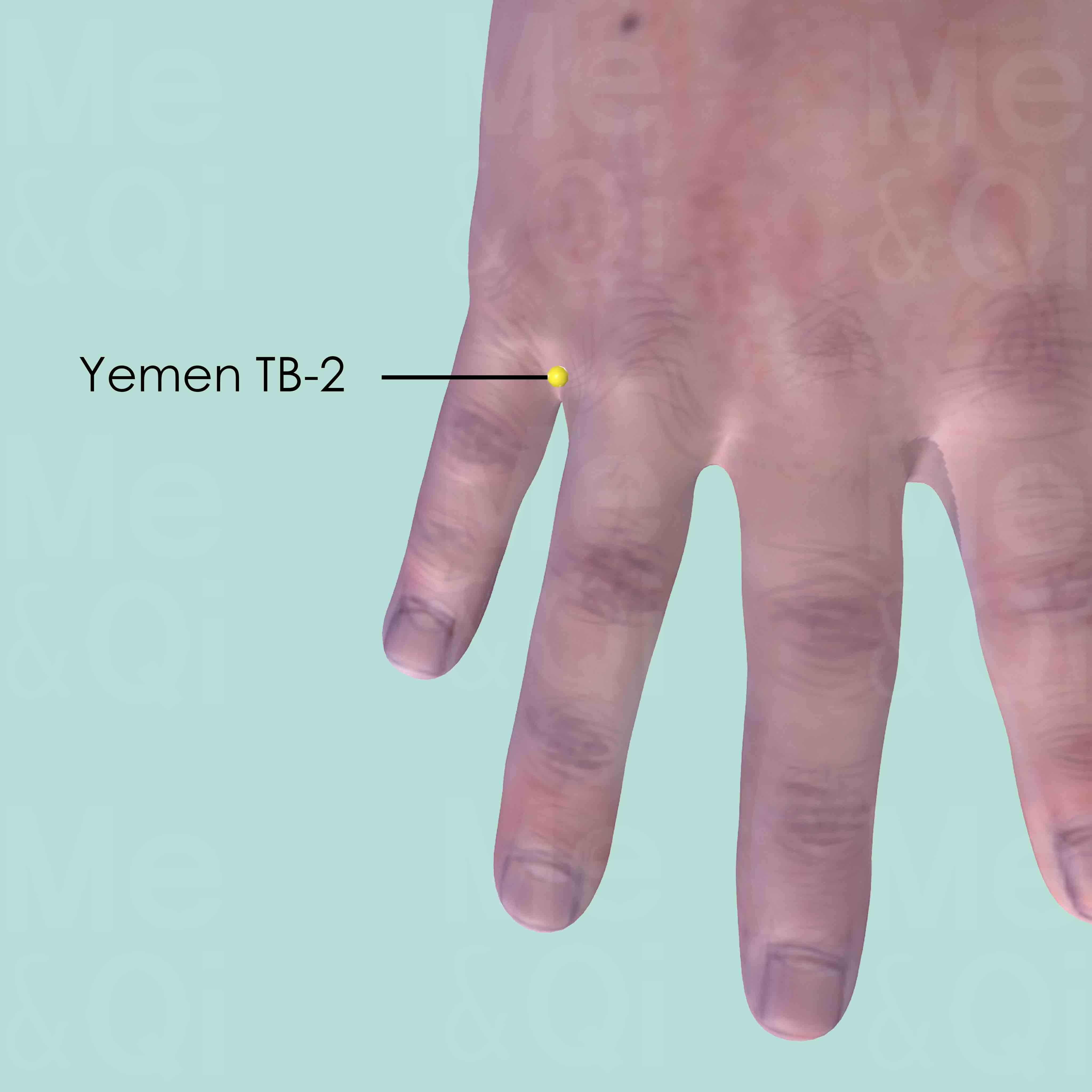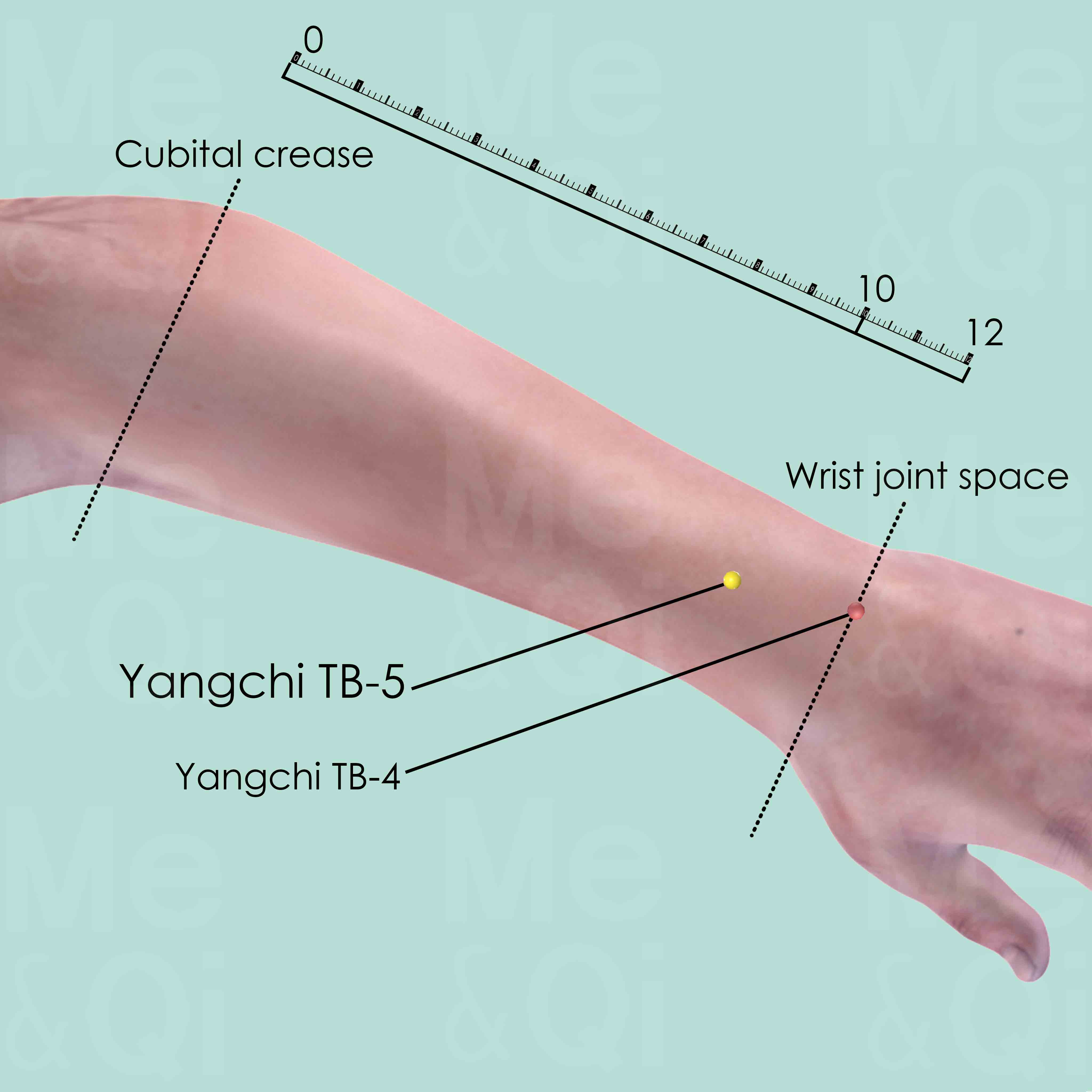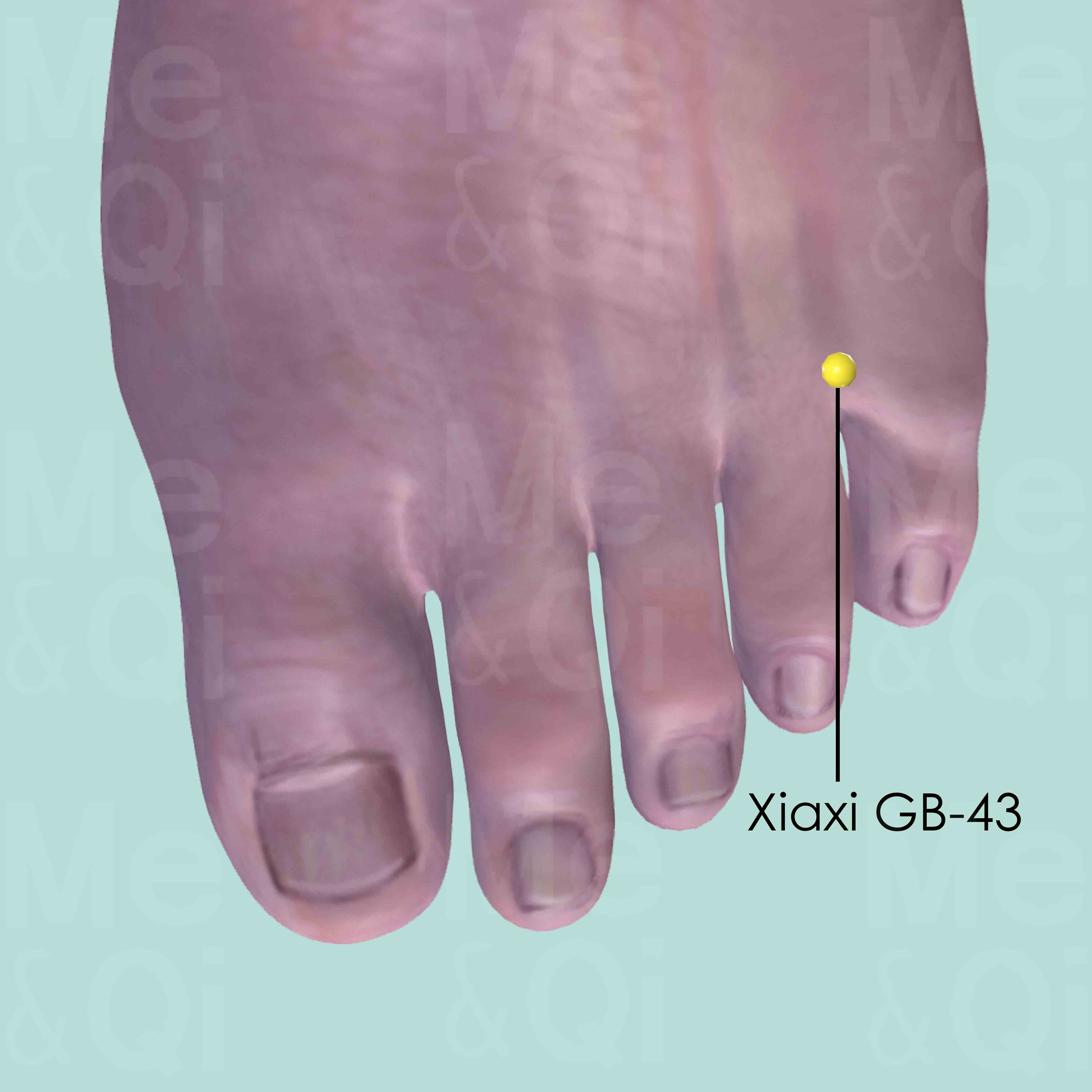Ear Painaccording to TCM
Symptom family: Ear Disorders and Symptoms
What is Ear Pain?
Ear pain, or otalgia, is a condition marked by an uncomfortable sensation within the ear, which can manifest in various forms, ranging from a dull throb to acute sharpness. This discomfort may arise from multiple sources, including infection, inflammation, or injury. It's a symptom that can significantly affect an individual's quality of life, prompting a search for relief.
How does TCM view ear pain?
Traditional Chinese Medicine (TCM) approaches ear pain as a sign of imbalance within the body's energetic system. Contrary to Western medicine, which often focuses on the symptom itself, TCM seeks to understand the underlying disharmony causing the pain.
This holistic perspective considers factors such as the invasion of external pathogenic influences like Wind or Heat, or internal imbalances like Liver Yang Rising or Obstruction of the Channels. The identification of a disharmony pattern is critical as it informs the treatment strategy, which may include acupuncture, herbal medicine, and dietary adjustments.
Acupoints for Ear Pain
In TCM, the selection of acupoints for treating ear pain is a strategic process aimed at addressing both the manifestations and the root causes of the ailment. For instance, the acupoint Ermen TB-21, located near the ear, is traditionally used to alleviate pain by expelling Wind, which is considered a pathogenic influence that can lead to otalgia.
Similarly, Tinghui GB-2 is another acupoint that is valued for its capacity to benefit the ears and disperse external pathogenic factors that may contribute to ear pain. These points are not chosen at random but are the result of a meticulous diagnostic process that tailors the treatment to the individual's specific TCM pattern of disharmony, aiming to restore balance and relieve discomfort.
Each of these sections will be expanded to meet the character count requirement, ensuring a comprehensive exploration of ear pain from a TCM viewpoint, while remaining accessible to a general audience.
Explore below some acupoints used to address ear pain, organized by meridian.
- By Meridian
- Triple Burner Channel
- Gall Bladder Channel
- Large Intestine Channel
- Small Intestine Channel
- Stomach Channel
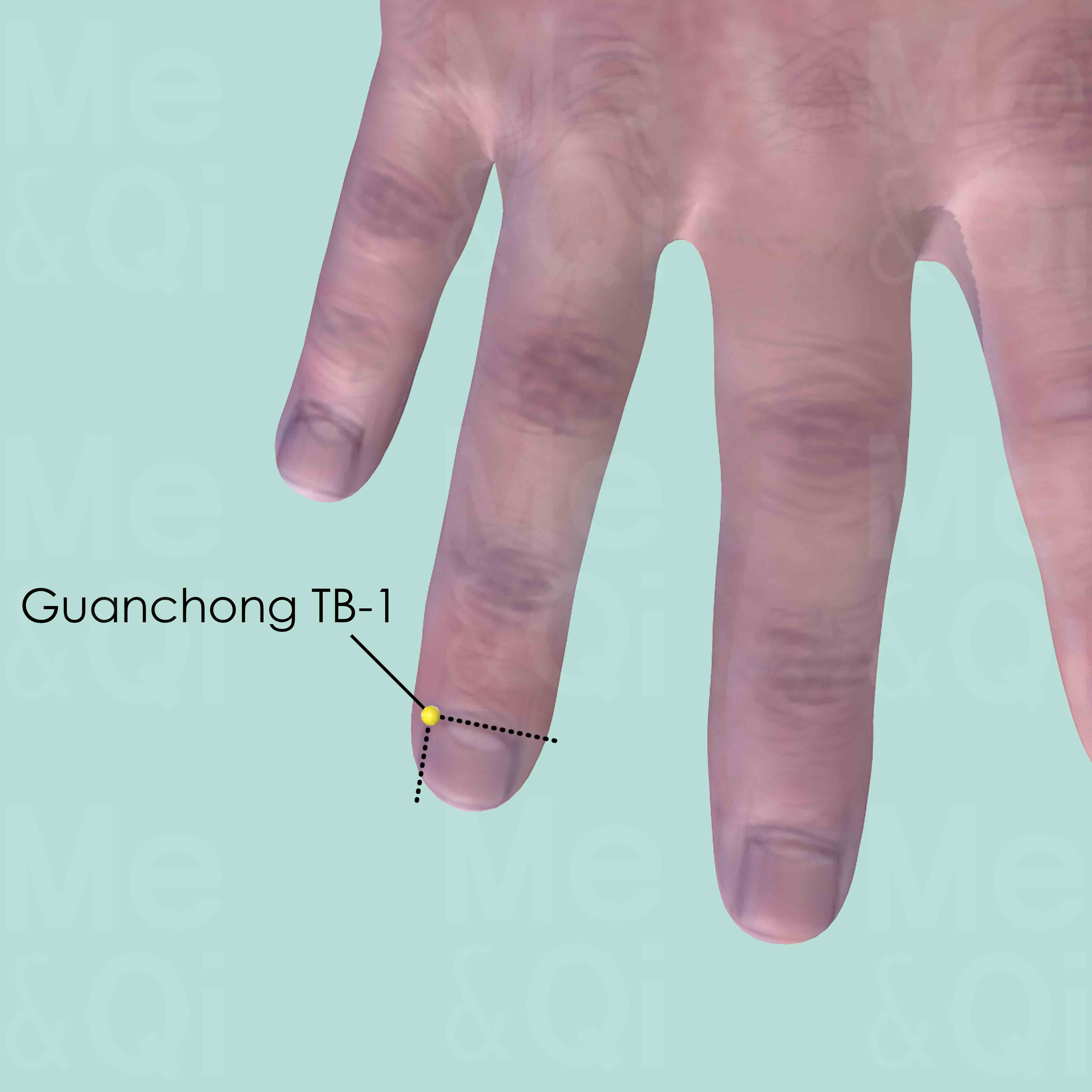
Guanchong TB-1
On the lateral side of the ring finger, about 0.1 cun posterior to the corner of the nail.
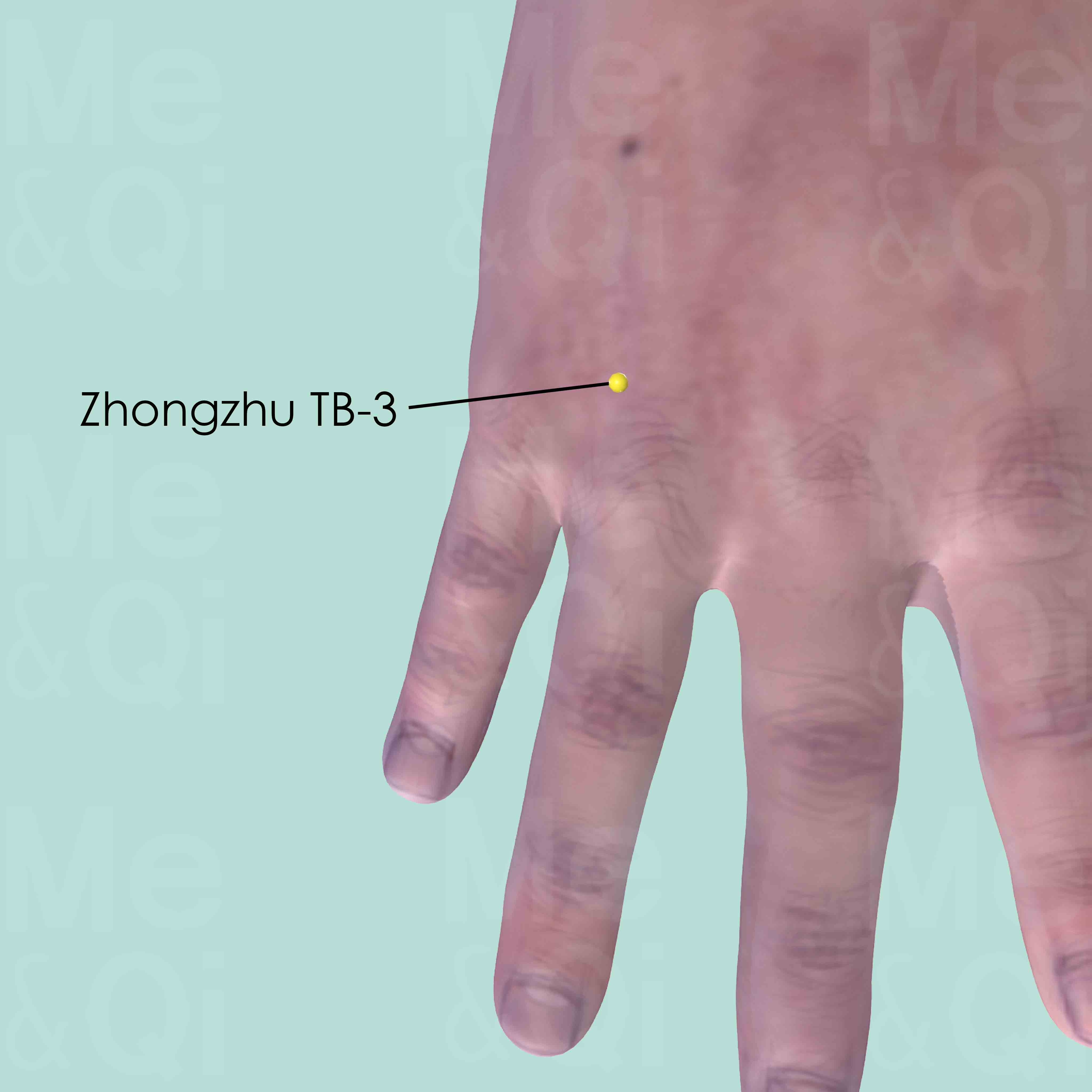
Zhongzhu TB-3
When the hand is placed with the palm facing downward, Zhongzhu TB-3 is on the hand dorsum between the 4th and 5th metacarpal bones, in the depression proximal to the metacarpophalangeal joints, at the junction between the heads and shaft of the two metacarpal bones.
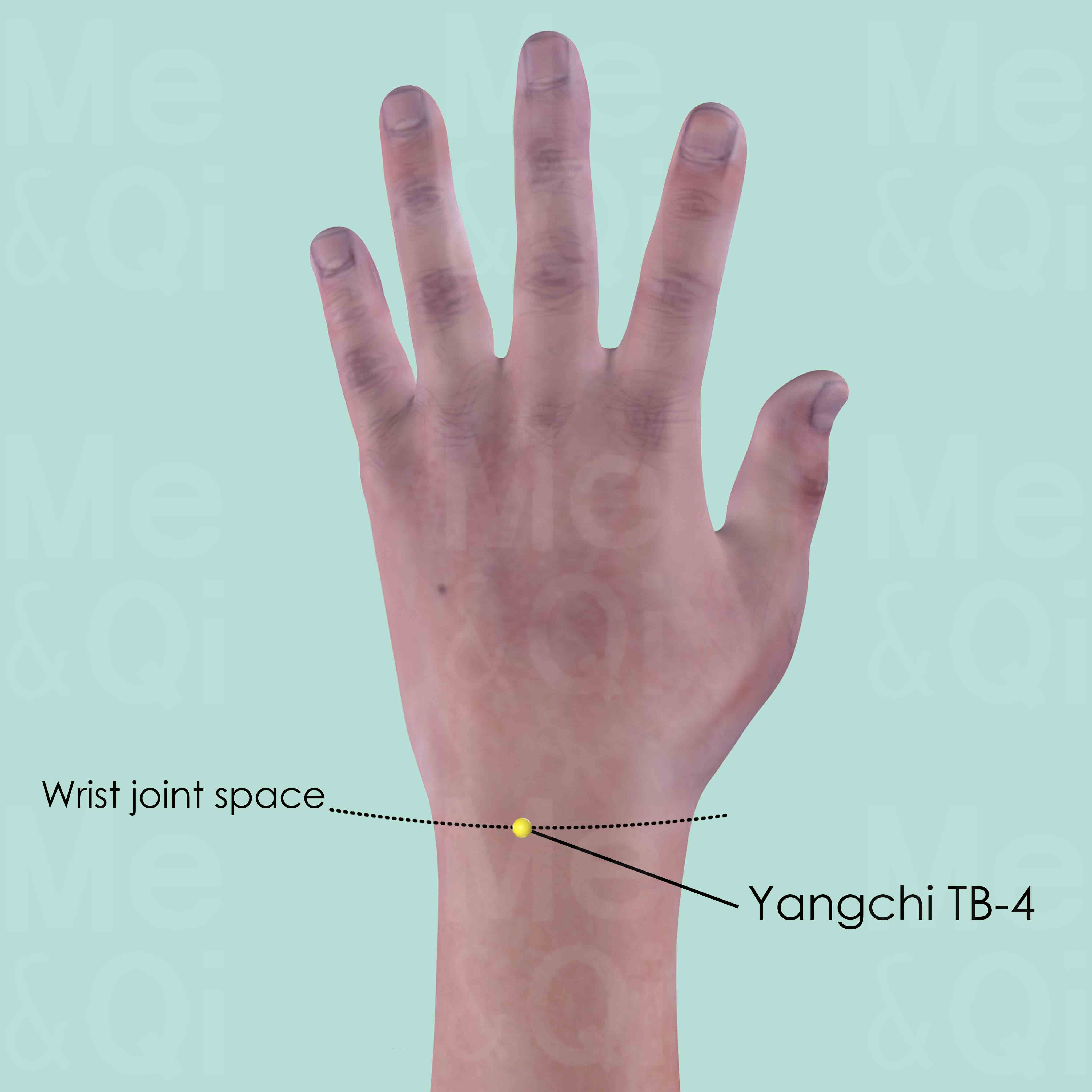
Yangchi TB-4
At the junction of the ulna carpal bones of the wrist dorsum, in the depression lateral to the tendon of extensor digitorum and extensor digiti minimi muscle.
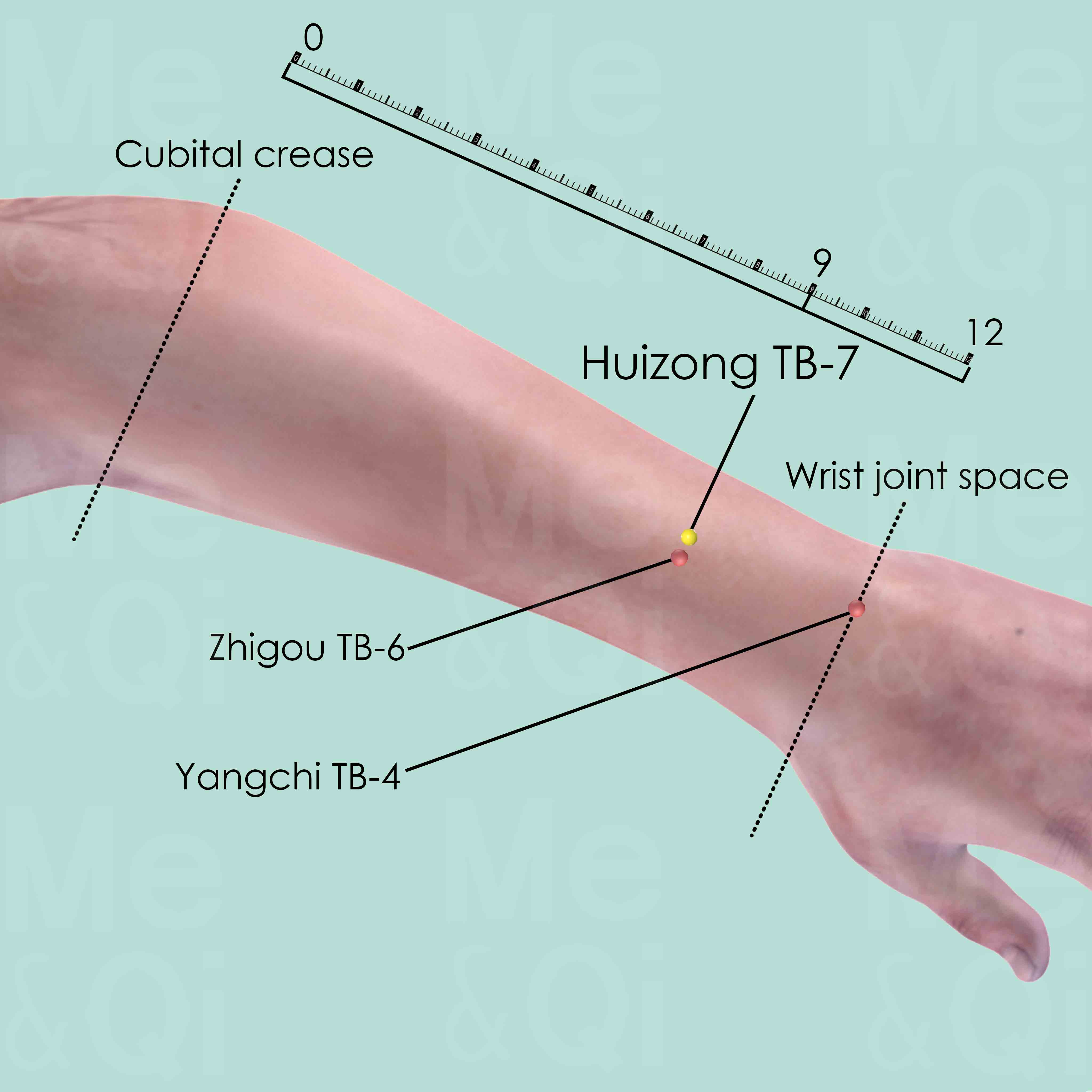
Huizong ST-7
3 cun proximal to the dorsal wrist joint space and 0.5 cun ulnar to the forearm center.
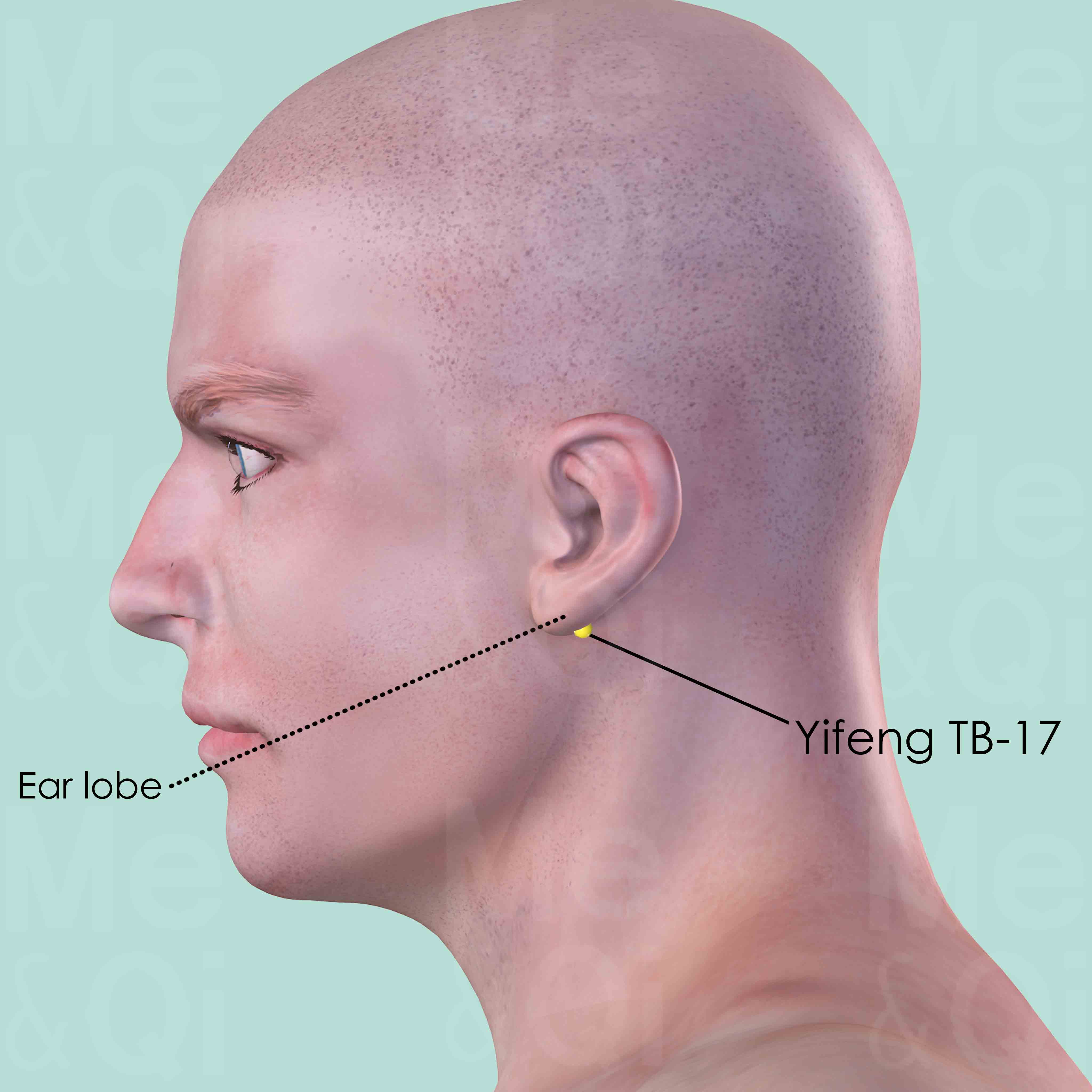
Yifeng TB-17
Posterior to the lobule of the ear, in the depression between the mandible and mastoid process.
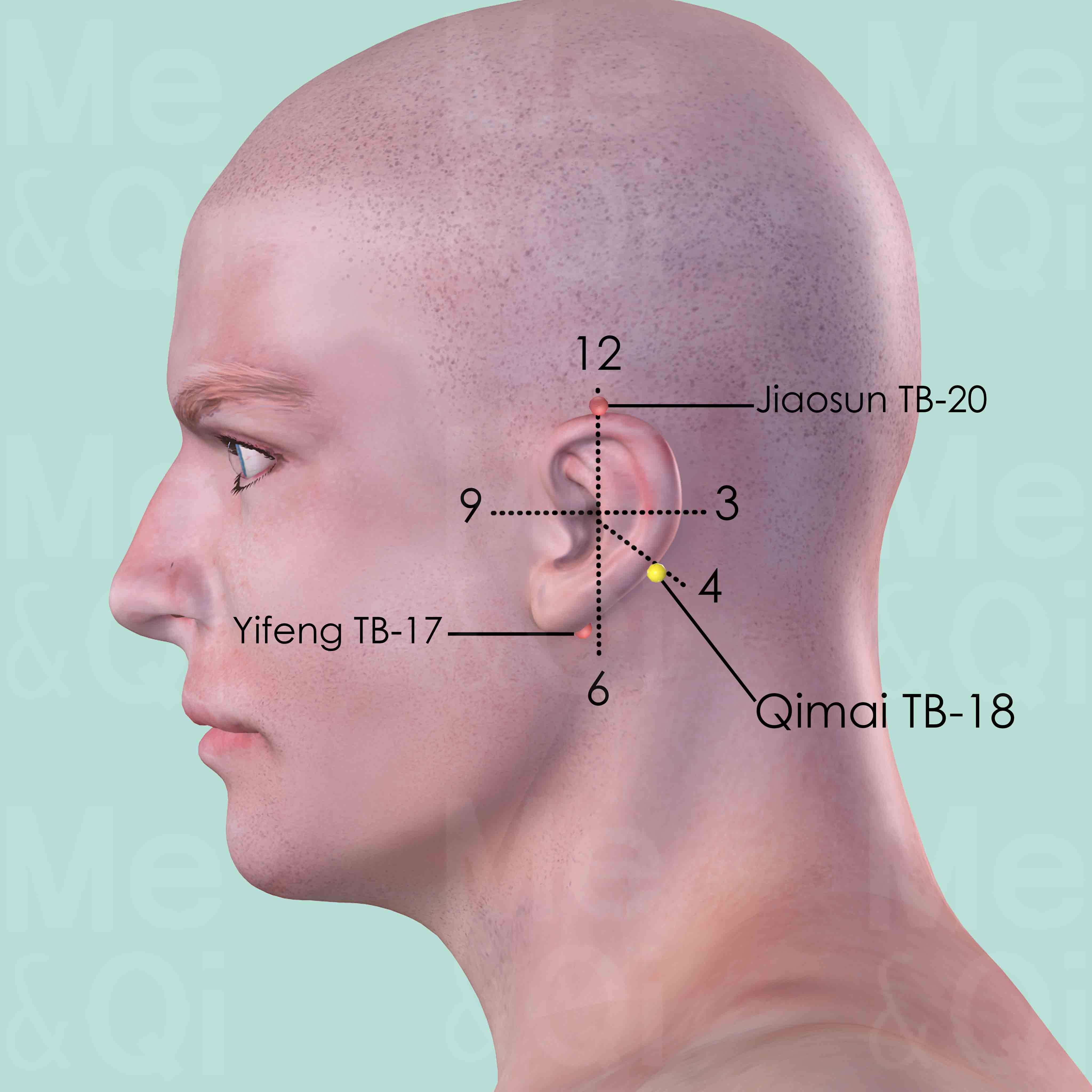
Qimai TB-18
In the center of the mastoid process, at the junction of the middle and lower third of the curve formed by Yifeng TB-17 and Jiaosun TB-20 posterior to the helix.
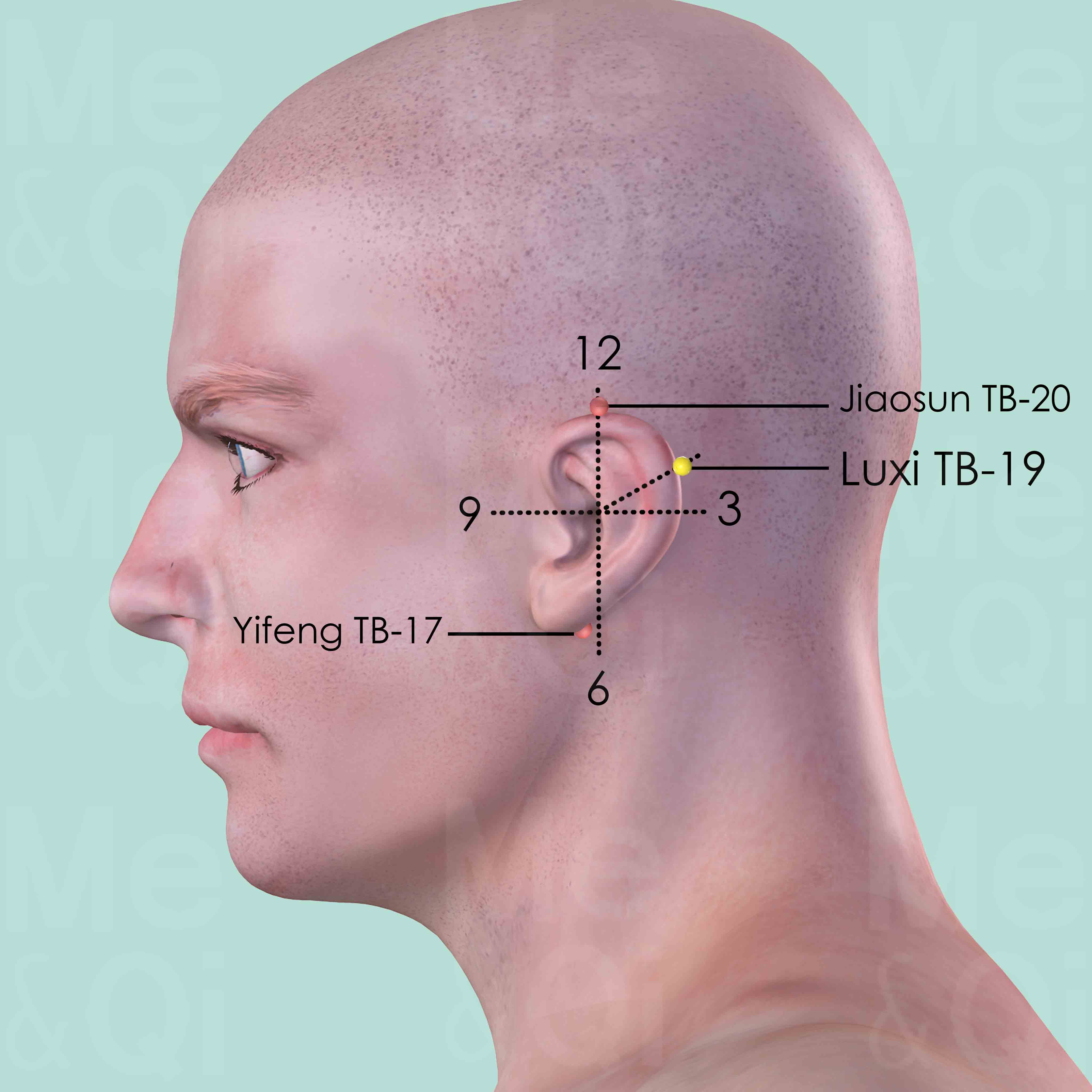
Luxi TB-19
Posterior to the ear, at the junction of the upper and middle third of the curve formed by Yifeng ST-17 and Jiaosun ST-20 behind the helix.
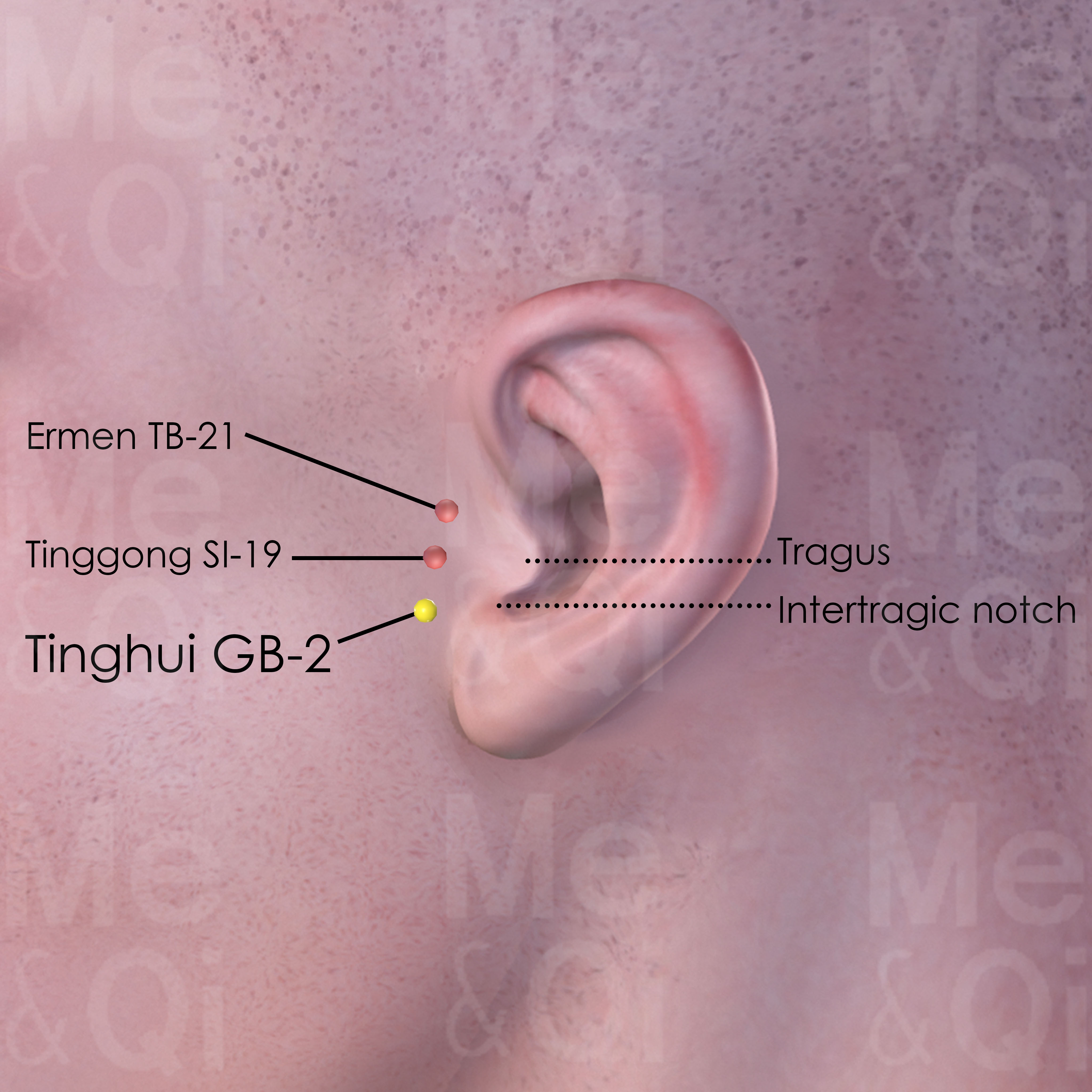
Tinghui GB-2
Anterior to the intertragic notch, directly below Tinggong SI-19, at the posterior border of the condyloid process of the mandible.
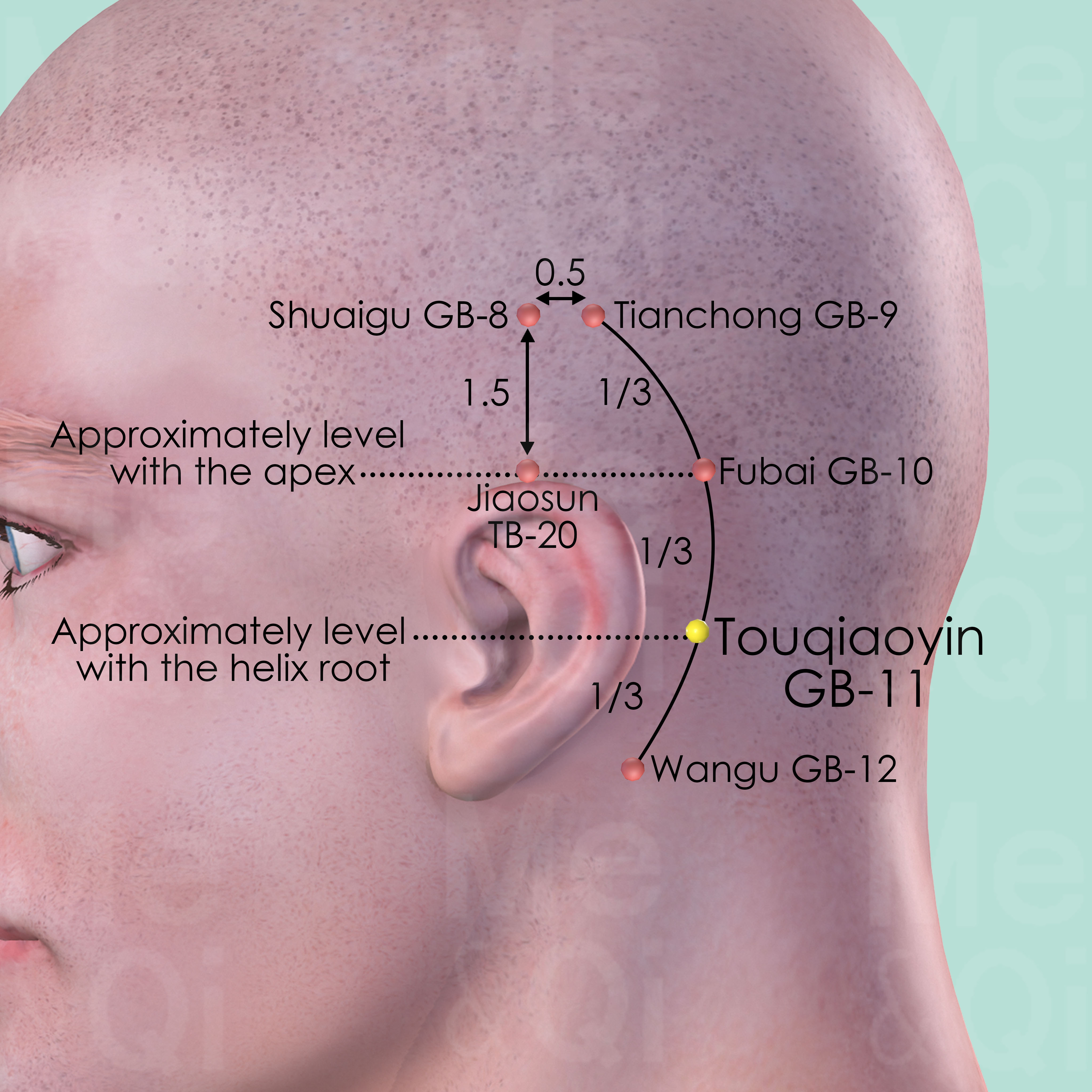
Touqiaoyin GB-11
Posterior and superior to the mastoid process, on the line connecting Tianchong GB-9, Fubai GB-10 and Wangu GB-12.
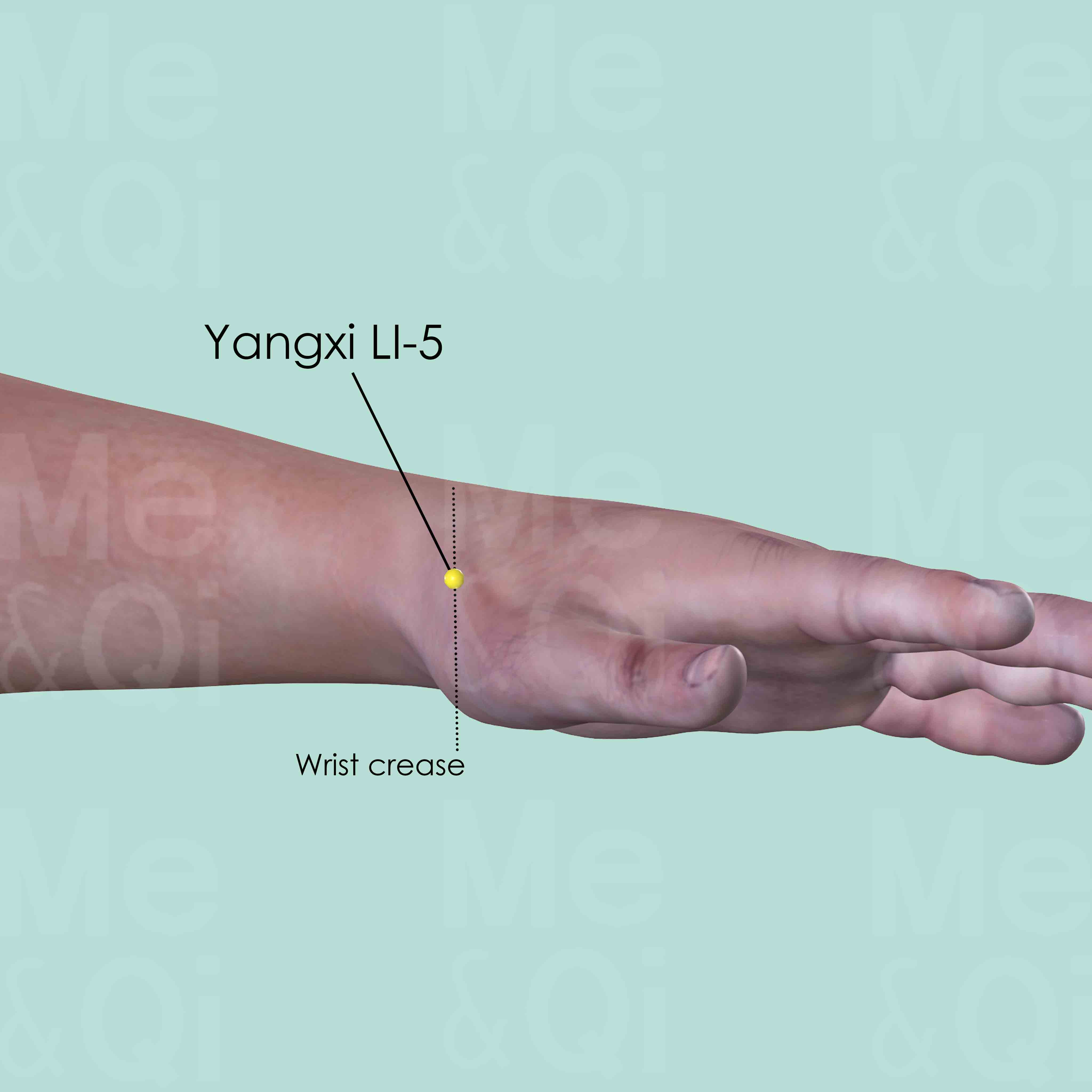
Yangxi LI-5
On the radial side of the wrist. When the thumb is tilted upward, it is in the depression on the wrist joint space (wrist crease) between the tendons of extensor pollicis longus and brevis muscles.
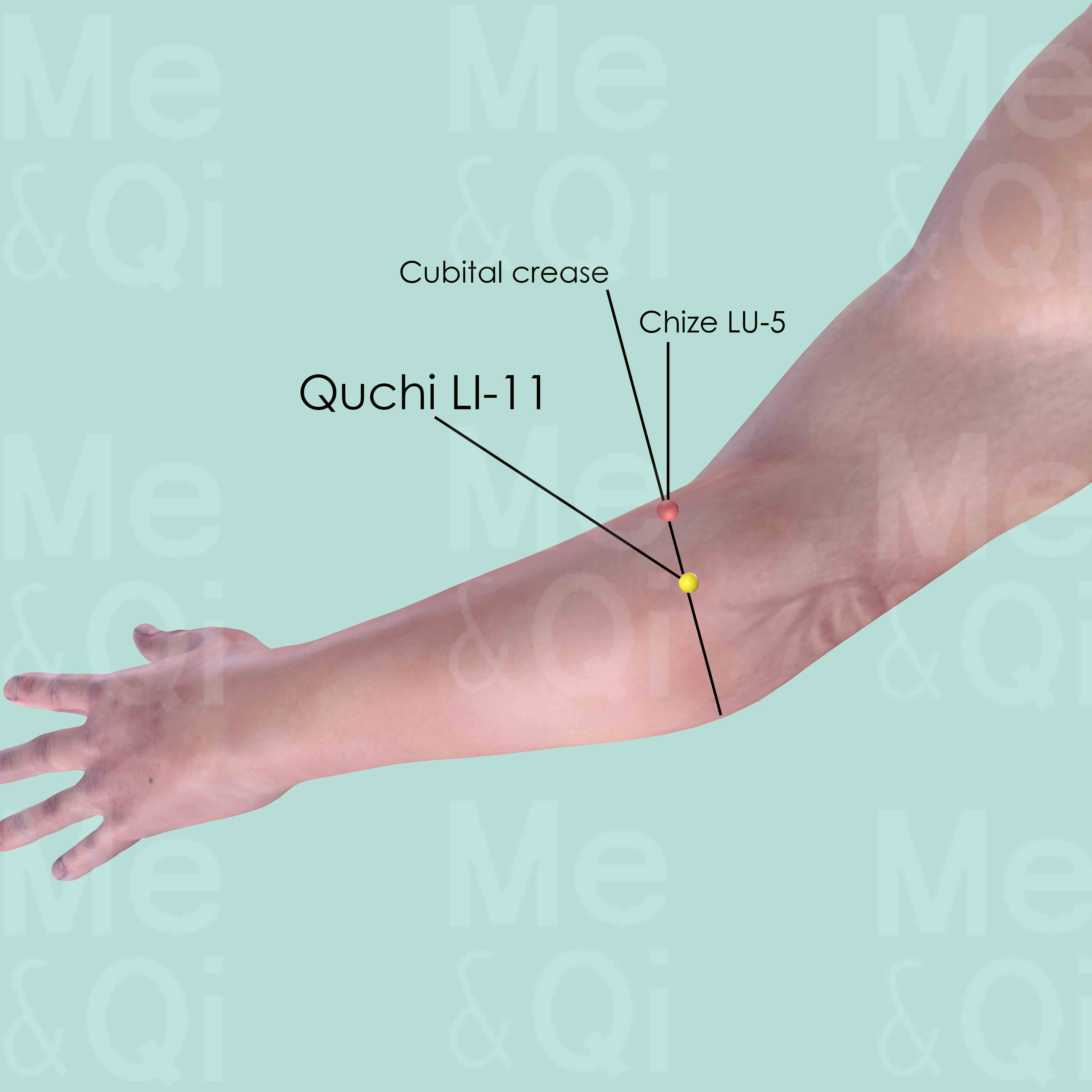
Quchi LI-11
When the elbow is flexed, Quchi LI-11 is in the depression at the lateral end of the cubital crease, midway between Chize LU-5 and the lateral epicondyle of the humerus.
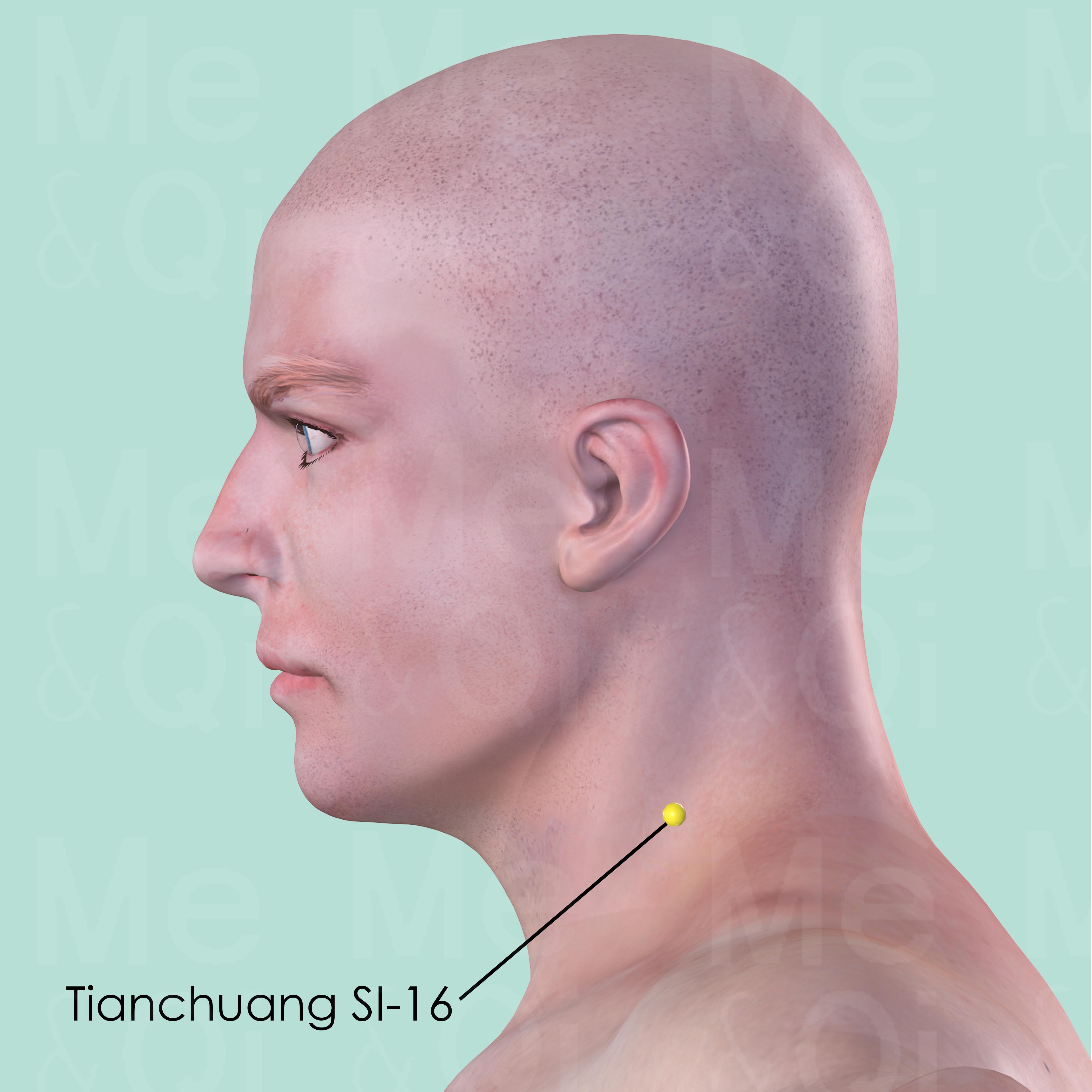
Tianchuang SI-16
In the lateral aspect of the neck, on the posterior border of sternocleidomastoid muscle, lever with the Adam's apple.
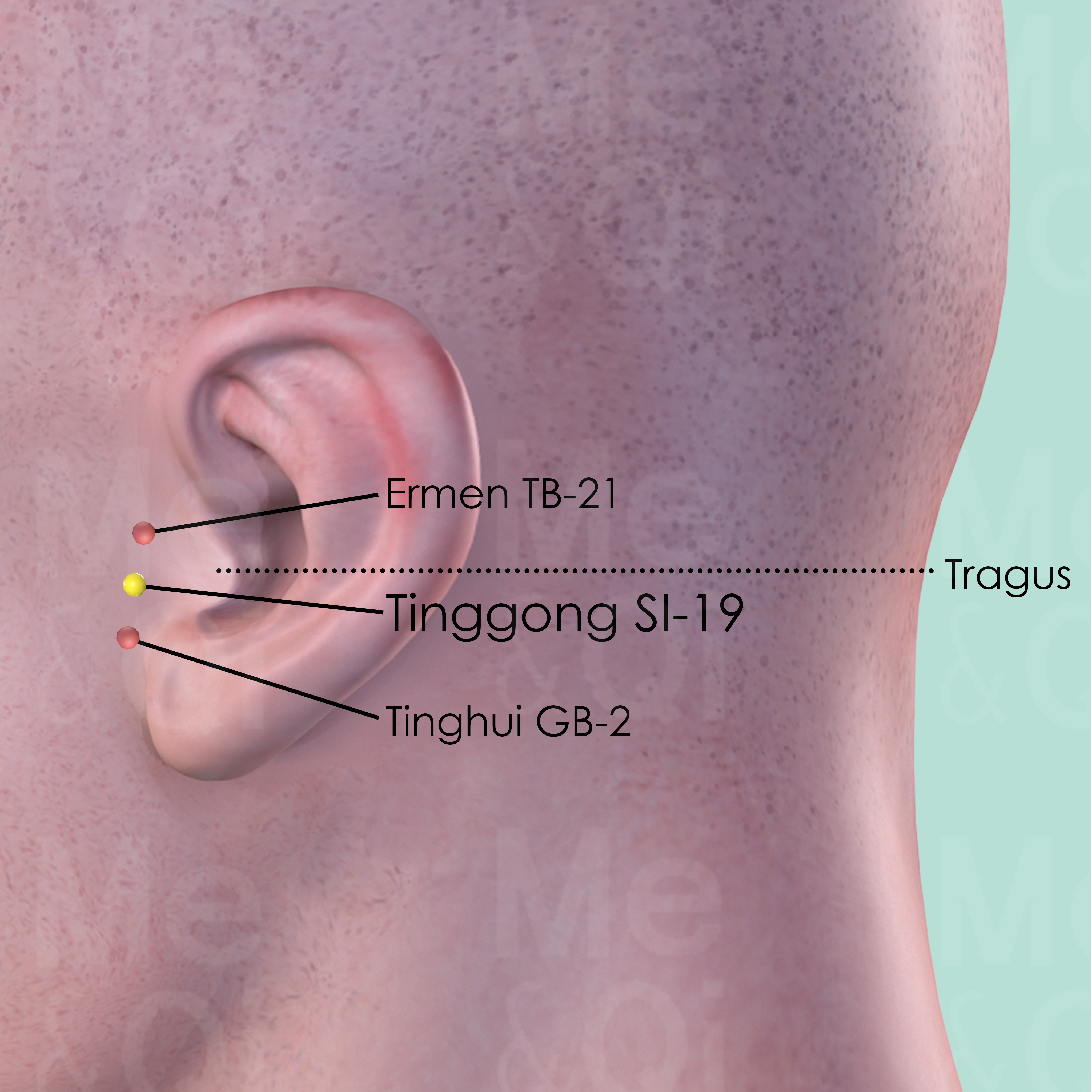
Tinggong SI-19
Between the tragus and the mandibular joint, where a depression is formed when the mouth is slightly open.
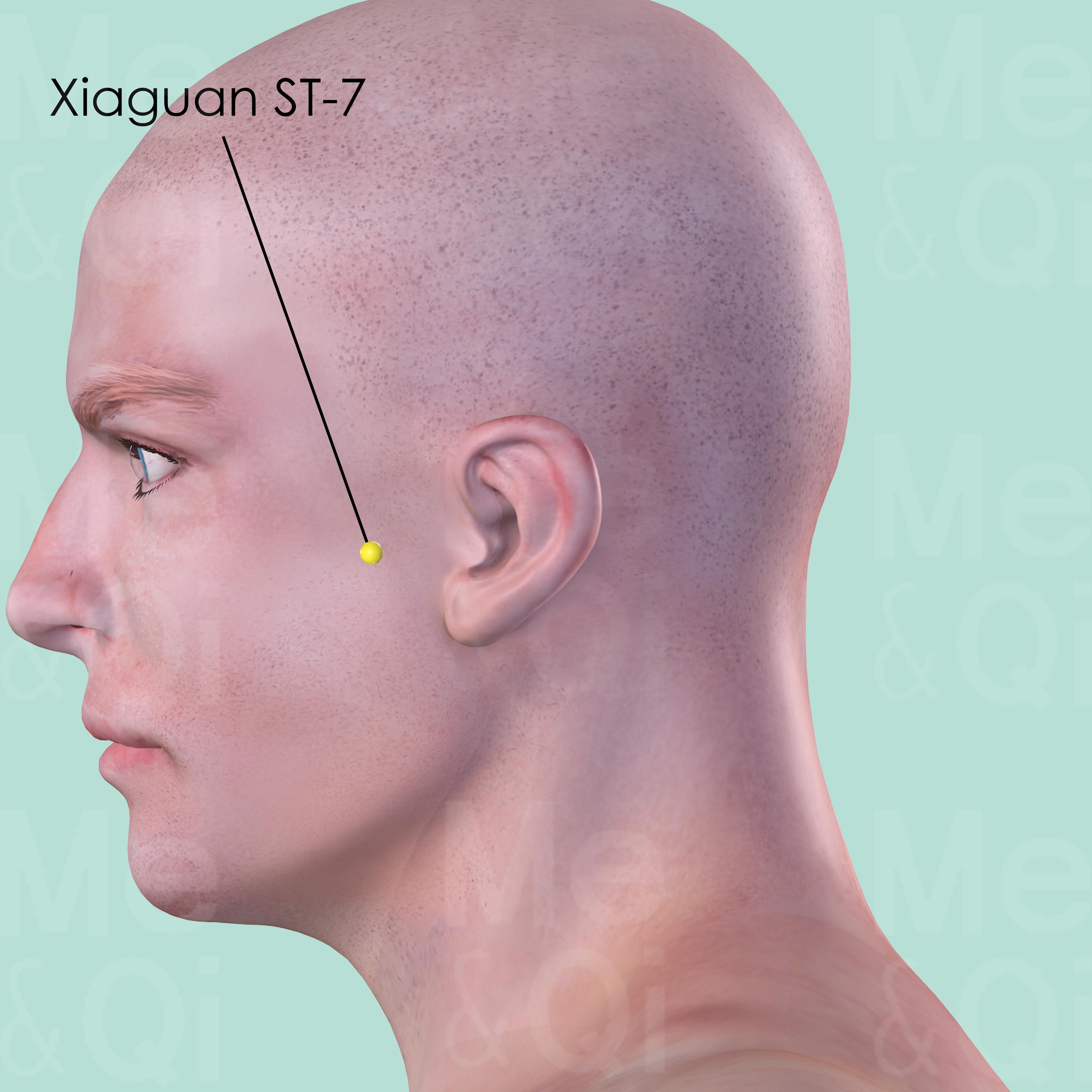
Xiaguan ST-7
In the depression at the lower border of the zygomatic arch, anterior to the condyloid process of the mandible. Xiaguan ST-7 is located when the mouth is closed.

